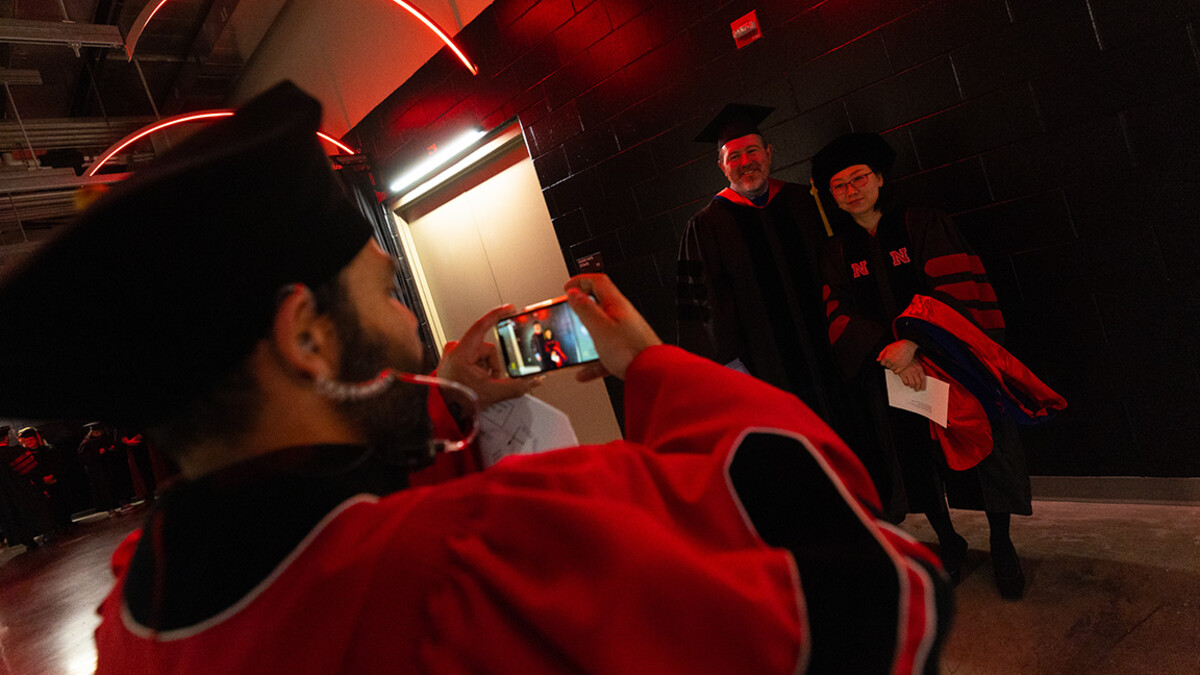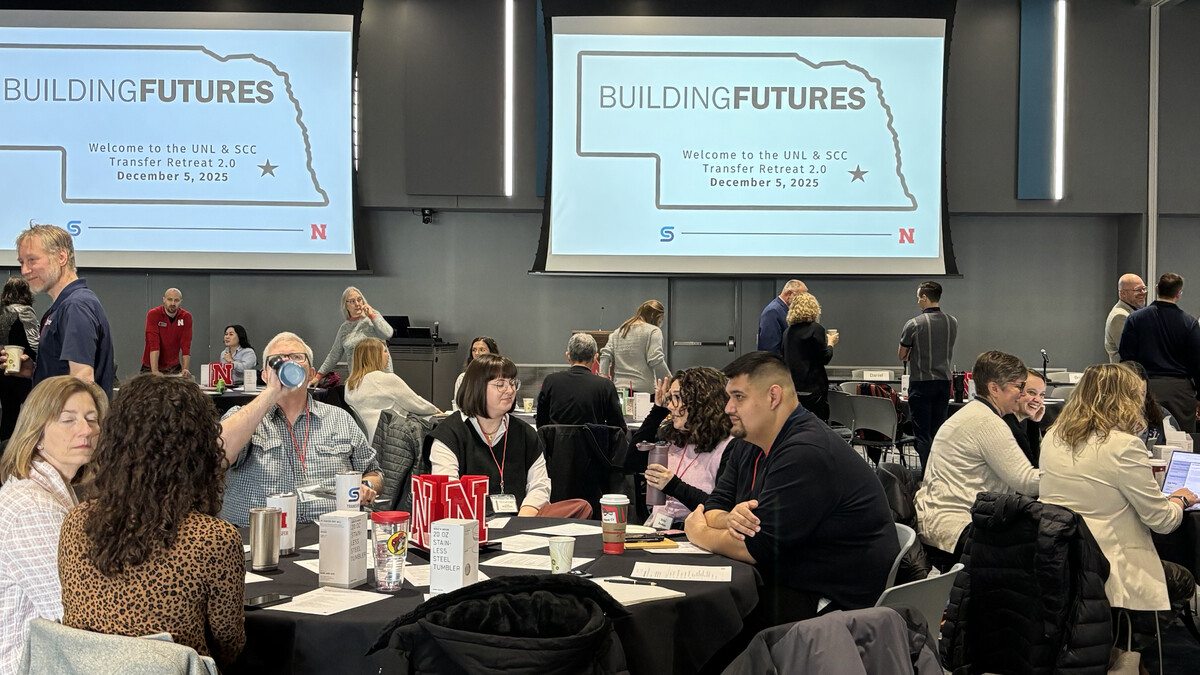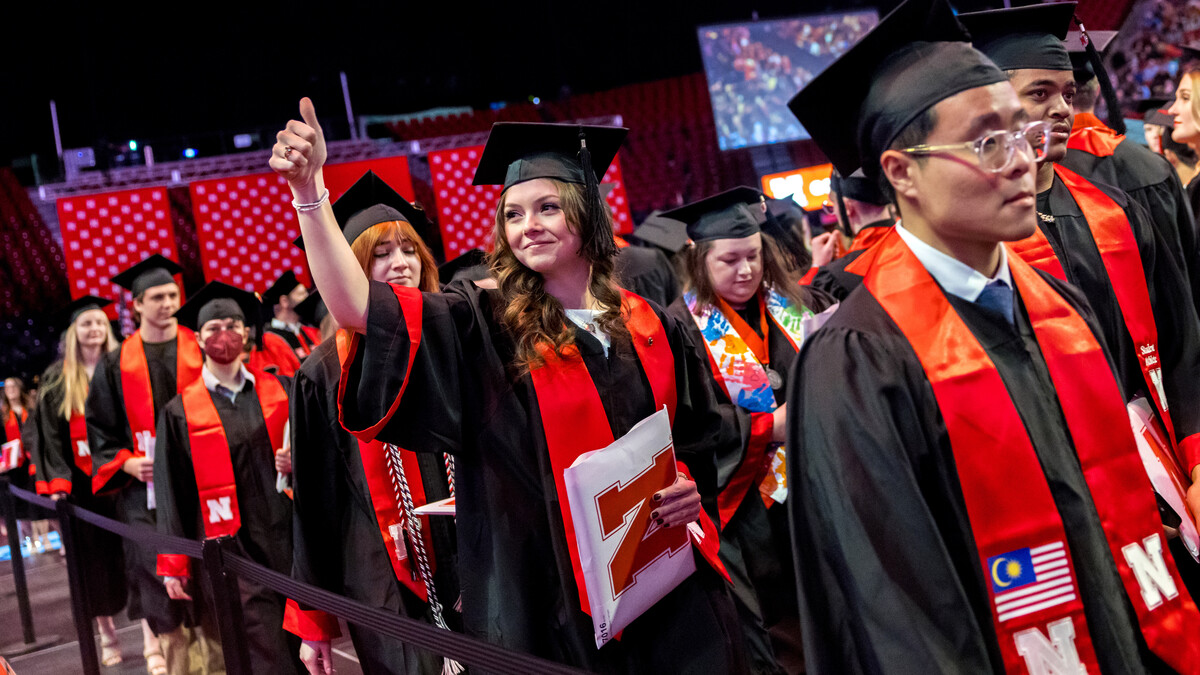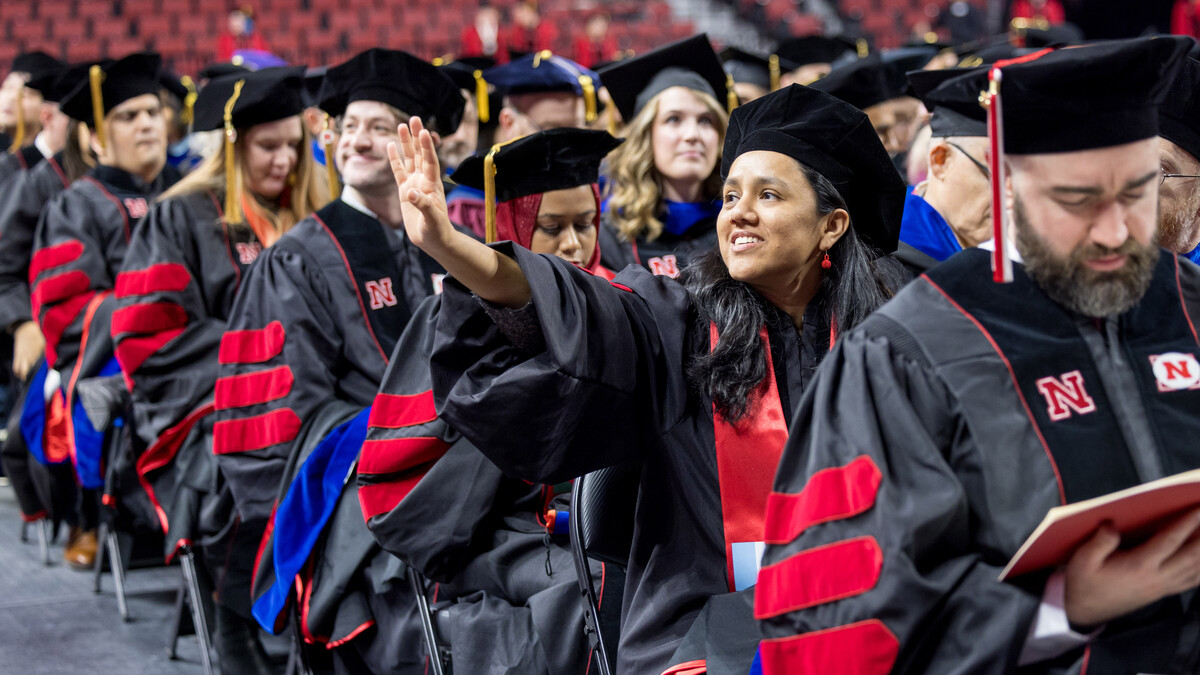
Many rural Nebraska households utilize self-employment and multiple job-holding to piece together their incomes, according to the Nebraska Rural Poll.
The 19th annual UNL poll was sent to 6,813 households in 86 Nebraska counties last spring. Results are based on 1,943 responses.
Data from the Bureau of Economic Analysis in 2012 show self-employment to be the fastest growing employment segment in Nebraska’s non-metropolitan counties. While the most recent recession may not have actually led to overall job losses in Nebraska, it may have accelerated the trend toward greater self-employment, especially in rural portions of the state, said Randy Cantrell, rural sociologist with the Nebraska Rural Futures Institute.
The 2014 poll backs up those findings in a series of questions about employment. The poll found that 75 percent of rural Nebraska households had at least one full-time job. Of the rural households with at least one person working, 43 percent derived part of their income from self-employment last year.
Self-employment is especially prevalent in or near smaller communities. Fifty-eight percent of respondents in or near towns with populations under 500 have at least one person in their household who is self-employed, compared to 31 percent of those in or near communities of 10,000 or more. Sixty-one percent of the self-employed households in or near the smallest communities have a farm or ranch, 48 percent have a farm-related business, 41 percent have a nonfarm business and 11 percent provide a contract service to a company.
“The increased prevalence of self-employment in more rural areas of Nebraska confirms the smaller role of large employers and the increased importance of small businesses and sole proprietorships in a diversified, entrepreneurial rural economy,” said Brad Lubben, assistant professor of agricultural economics.
Almost three in 10 self-employed households get at least 76 percent of their income from self-employment. Fifty-four percent get less than half their total household income from self-employment.
“Most of the self-employed households are relying on other sources of income. Self-employment is only one piece of their income,” said Cheryl Burkhart-Kriesel, associate professor and Nebraska Extension community vitality specialist.
This is demonstrated in the number of rural Nebraska households with multiple job-holding (having more jobs than adult members in their household). Just more than four in 10 employed rural Nebraska households have multiple job-holding by members of the household.
Multiple job-holding is also more common in smaller communities. Fifty-one percent of people living in or near towns with populations ranging from 500 to 999 have multiple job-holding in their household, compared to 37 percent of those living in or near cities with more than 10,000.
Other findings:
18 percent of employed rural Nebraska households have at least one member who telecommutes for at least one job.
28 percent of employed households report at least one member is overqualified for their job (has settled for a job they are overqualified for because nothing better is available).
At least nine in 10 rural Nebraskans rate income for basic needs and being able to do work they enjoy as important or very important reasons in their decision to be employed.
The Rural Poll is the largest annual poll of rural Nebraskans’ perceptions on quality of life and policy issues. This year’s response rate was about 29 percent. The margin of error is plus or minus 2 percent. Complete results are available online at http://ruralpoll.unl.edu/report14.
With its 19-year history, the poll has a collection of data about rural trends and perceptions that is unmatched in the country, said Becky Vogt, survey research manager has worked on the Rural Poll since its second year.
Although the Grand Island area — Hall, Hamilton, Howard and Merrick counties — was designated a metropolitan area by the U.S. Census Bureau in 2013, the Rural Poll continues to include those counties in its sample. Dixon and Dakota counties were added to the poll this year.
UNL’s Department of Agricultural Economics conducts the poll in cooperation with the Nebraska Rural Futures Institute with funding from UNL Extension and the Agricultural Research Division in the Institute of Agriculture and Natural Resources.







